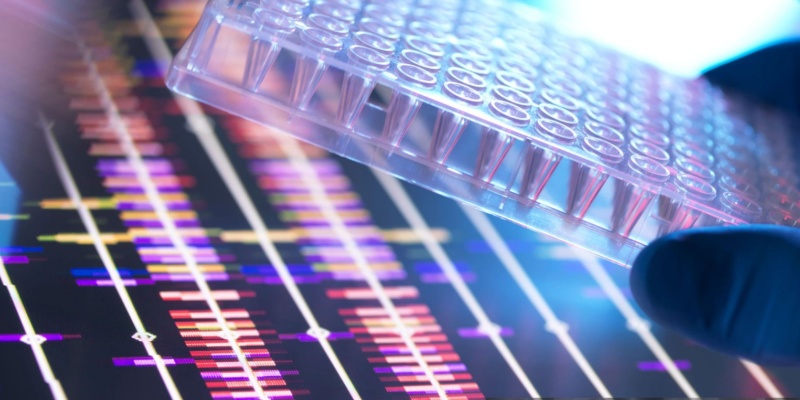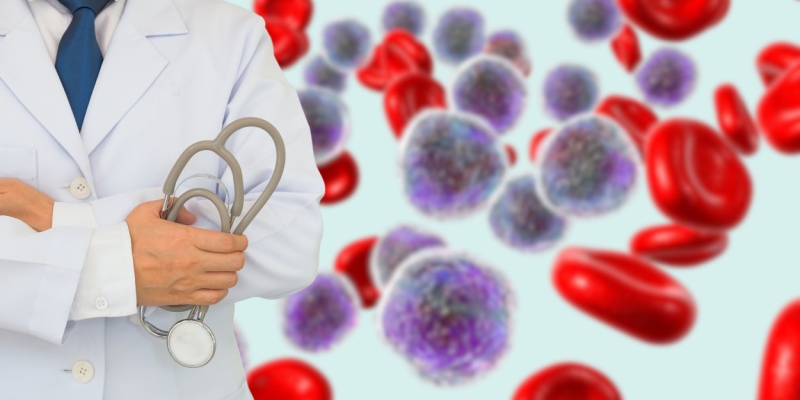
Genomic profiling identifies molecular subgroups of myelodysplastic syndromes (MDS) associated with distinct clinical phenotypes and outcomes, therefore informing future classification schemas and translational therapeutic research, according to a study published in Blood.
“Although genetic abnormalities underlie the pathogenesis of these disorders and their heterogeneity, current classifications of MDS rely predominantly on morphology,” wrote first author Elsa Bernard, PhD, of Memorial Sloan Kettering Cancer Center in New York, and colleagues.
To outline molecular subtypes and define their clinical implications, genetic profiling was performed on bone marrow (BM) or blood samples of 3,233 adult patients with MDS (median age, 72 years). After performing sequencing with a targeted 152-gene panel, the researchers derived molecular features from the presence or absence of genetic alterations such as gene mutations, copy-number alterations, and copy-neutral loss of heterozygosity.
The researchers identified 18 subtypes of MDS, including 16 genetic groups comprising 86% of patients and two residual groups comprising 14% patients, that are associated with distinct clinical phenotypes and outcomes. Specifically, they “validated established (TP53-complex, del(5q), and SF3B1) or well-characterized entities (DDX41 and AML-like), substantiated support for emerging subtypes (bi-TET2, der(1;7), and CCUS-like), and unveiled novel groups (−7/SETBP1, EZH2-ASXL1, IDH-STAG2, BCOR/L1, U2AF157, U2AF134, SRSF2, and ZRSR2),” wrote Dr. Bernard and colleagues.
Across groups, the median overall survival (OS) ranged from 0.9 to 8.2 years and the median BM blast percentage ranged from 1.5% to 10%. The prognostic influence of BM blasts varied based on genetic subtypes. Notably, blast stratification was significant in the TP53–complex group. However, outcomes were considered “very poor,” with a median OS of 1.4, 0.8, and 0.7 years across the three strata.
The DDX41 and AML-like groups had the highest blasts, with ≥10% blasts occurring in 49% and 53% of patients, respectively. However, the OS and rate of leukemic transformation in both groups were comparable across the three blast strata.
Meanwhile, the EZH2-ASXL1 and −7/SETBP1 groups were enriched for low blasts, with <5% blasts occurring in 61% and 52% patients, respectively. However, the OS in both groups was poor (median <2 years in each stratum) independent of blasts.
“This demonstrates that specific genetic subtype outweighs blast count as a predictor of outcomes, which should be considered in a future MDS classification,” the researchers wrote. “The molecular taxonomy outlined in this study identifies groups of patients with MDS with shared molecular pathogenesis, providing the foundation for a broader genetically informed classification of MDS.”
The authors noted that the use of targeted sequencing may have excluded biomarkers such as SAMD9/L variants and UBTF tandem duplication. Other study limitations include the absence of germ line control tissues and the absence of correlative analysis with morphological features such as cellularity and fibrosis.
Reference
Bernard E, Hasserjian RP, Greenberg PL, et al. Molecular taxonomy of myelodysplastic syndromes and its clinical implications. Blood. 2024;144(15):1617-1632. doi:10.1182/blood.2023023727






 © 2025 Mashup Media, LLC, a Formedics Property. All Rights Reserved.
© 2025 Mashup Media, LLC, a Formedics Property. All Rights Reserved.